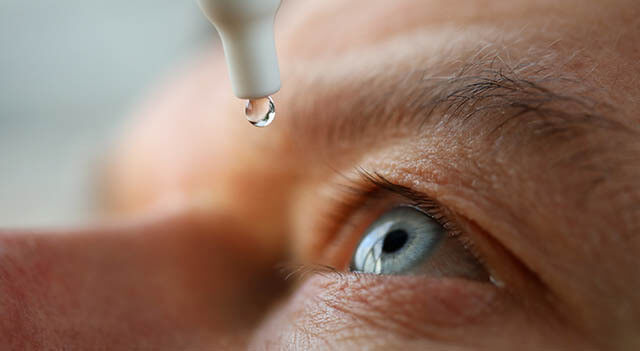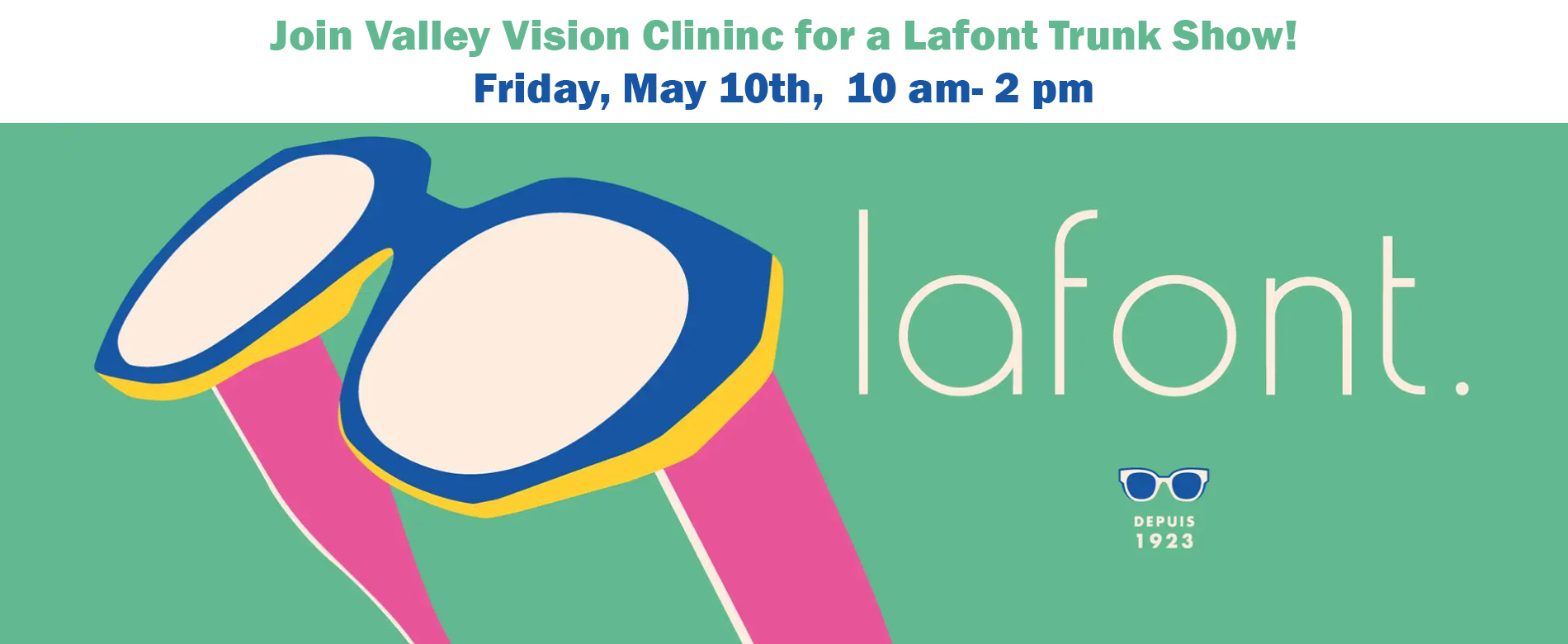Are you suffering from red, irritated and scratchy eyes? Do you feel like you have something stuck in your eyes? These are hallmark symptoms of dry eye syndrome, a condition that occurs when your eyes are not properly lubricated due to insufficient tear production, blocked glands, or unbalanced tear composition.
The symptoms can be so unpleasant that many rush to the nearest pharmacy to find the perfect eye drops that will offer them the relief they need so that they can get back to focusing on other things.
However, seeking the ideal artificial tears to relieve dry eyes can be a daunting process. The eye drops shelf at the drug store offers so many options that it's hard to know which ones are right for you. What's more, some can actually make your symptoms worse.
Not all eye drops are created equal—currently, there are 6 main categories of artificial tears available over the counter. Choosing the artificial tears based on your specific needs can help narrow your options.
The 6 Types of Eye Drops / Artificial Tears
Preserved Artificial Tears
Preserved artificial tears contain added preservatives to maintain a very long shelf and keep bacteria at bay once the bottle is opened. Unfortunately, it also causes inflammatory dry eye disease, meibomian gland dysfunction and an allergic reaction in those who are sensitive, leading to redness, irritation and inflammation. While these drops may offer temporary relief, long term they can do more harm than good. Moreover, the preservatives may leave residue on contact lenses.
Preservative-Free Artificial Tears
Preservative-free artificial tears are great for contact lens wearers as they don't cause any preservative build-up on the lenses. They are also suitable for those with sensitive eyes since they contain fewer ingredients that can cause irritation.
Preservative-free eye drops typically come in a box of 28 to 30 small vials that fit in a pocket or purse.
To use these drops, just pop the top off and insert the drops into your eyes. Some of these vials can be re-capped to allow you to continue to use the vial for up to 24 hours, but not longer. Refrigerate opened vials between uses to prevent any bacterial growth.
Oil-Based Artificial Tears
Oil-based tears come in preserved and preservative-free versions. These are thicker than traditional eye drops, as they contain an oil-based formulation. The oil helps prevent the watery portion of the tears from evaporating too quickly.
If you suffer from moderate or severe dry eye, oil-based artificial tears may be a great option. However, they’re not recommended for contact lens wearers, as the oils may stick to the surface of the lenses, making it difficult to keep them clean.
Eye Drop Spray or Mist
These sprays are preservative-free and are used to relieve dryness and irritation in both the eyes and eyelids. They’re easy to use, especially for those who struggle to insert drops into their eyes.
To use the spray, just close your eyes and spray onto your closed eyelids. Once you blink, the tears will slide into your eyes.
Don't use the spray if you're wearing makeup, lotions, or creams on your eyelids, as it can cause the makeup or lotion to enter your eye.
Artificial Tear Gel
Artificial tear gel adds a thick coating of tears and can be used at any time of the day or night. However, the thicker consistency of the gel drop may blur your vision for several minutes.
The gel is applied in the same way as eye drops. It effectively soothes the eyes and provides extended relief for both moderate to severe dry eye.
Most artificial tear gels contain preservatives, so they can only be used up to 4 times a day, and usually they are not safe for contact lens wearers.
Artificial Tear Ointment
Dry eye ointments are thick and coat the front of your eye. They're usually used 1 to 2 times daily as needed. It may be best to use them at bedtime, as it will blur your vision.
Get Dry Eye Relief Today!
Artificial tears may be a good way to temporarily relieve eye dryness. However, using the wrong type of eye drops can be worse than not using any drops at all. So be sure to consult your eye doctor before you get eye drops.
Keep in mind that eye drops don’t address the root cause of dry eyes; they just provide temporary respite from the uncomfortable dry eye symptoms. Only an eye doctor can examine your eyes to determine the underlying cause of your symptoms and recommend the best treatment for your unique case of dry eye.
Schedule an appointment with Valley Vision Clinic in Walla Walla to learn more about dry eye syndrome and to find out which treatment is best for you.
Q&A
Dry eye syndrome is a condition where your eyes either produce low-quality tears or don’t produce enough tears to keep your eyes hydrated. This may be due to certain diseases (like diabetes or other autoimmune diseases), aging, allergies, hormonal changes, smoking, poor air quality, medications and the environment.
Q: What is dry eye syndrome?
- A: Dry eye syndrome is a condition where your eyes either produce low-quality tears or don’t produce enough tears to keep your eyes hydrated. This may be due to certain diseases (like diabetes or other autoimmune diseases), aging, allergies, hormonal changes, smoking, poor air quality, medications and the environment.
Q: What are the symptoms of dry eye syndrome?
- A: Dry eye syndrome can cause a wide range of symptoms including:Itchy eyes
A feeling that there is grit or debris in the eye
Blurred vision
Burning sensation
Dryness
Irritation
Sensitivity to light and glare
Quality Frames For Prescription Eyeglasses & Computer Glasses In Walla Walla, Washington State. Visit Valley Vision Clinic of Walla Walla for an eye exam and eyeglasses that match your style.



